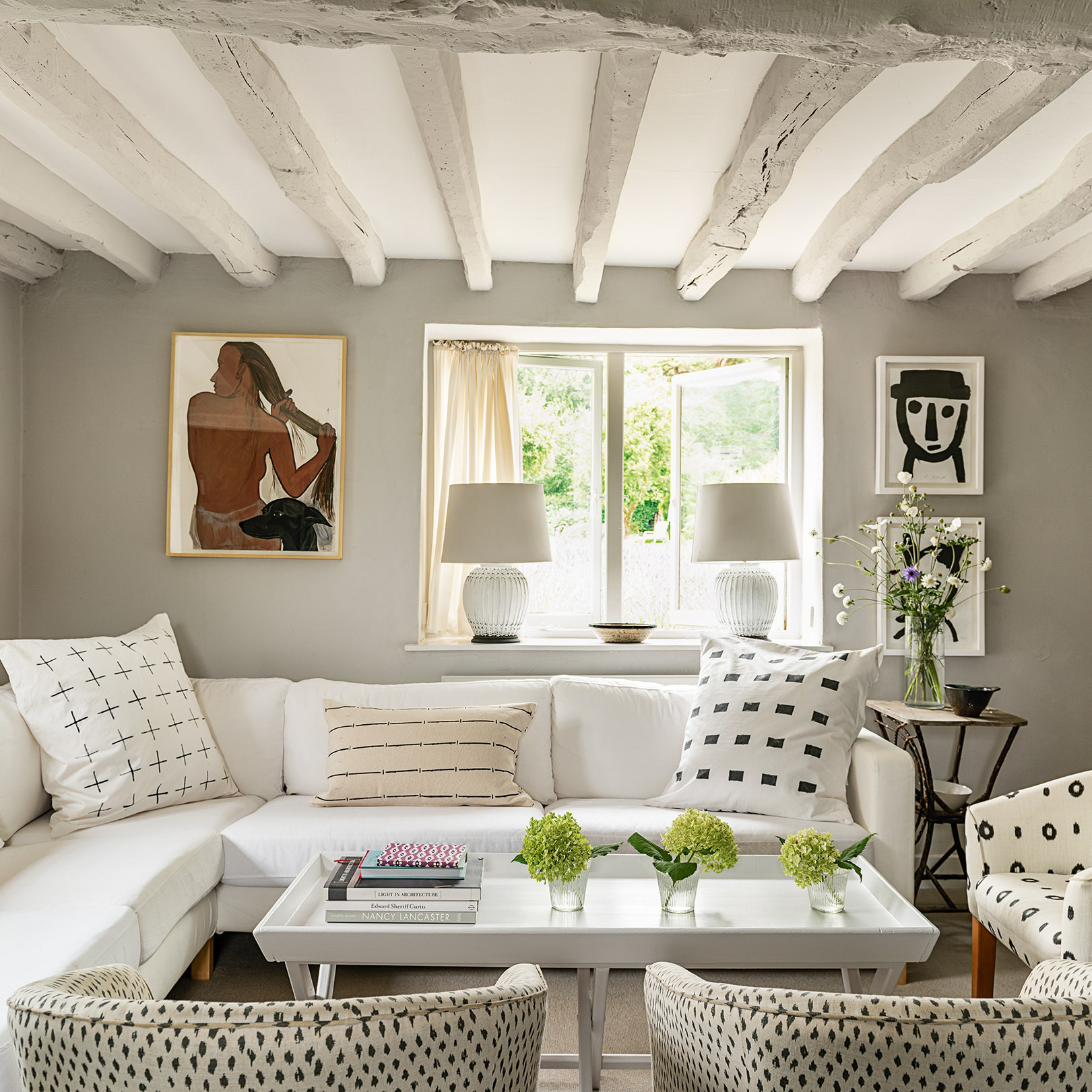Creating Ambiance: Pretty Living Room Lighting

Creating Ambiance: Pretty Living Room Lighting
Lighting is a critical component in living room design, serving multiple purposes beyond basic illumination. It significantly influences the room’s ambiance, perceived size, and overall aesthetic appeal. Effective lighting can make smaller spaces appear larger and accentuate architectural features or decorative elements.
Functionally, it provides task-specific illumination for activities like reading or watching television. The impact of lighting on a living room’s atmosphere is substantial. Well-designed lighting creates an inviting environment conducive to relaxation and social gatherings.Freehomelink
Conversely, inadequate lighting can render a space uninviting and dull. A comprehensive lighting plan should incorporate both natural and artificial light sources to achieve a balanced and harmonious environment. Natural light plays a vital role in living room design, offering numerous benefits including energy efficiency and improved mood.
Artificial lighting complements natural light and provides flexibility in creating different moods and atmospheres. The strategic use of various lighting types – ambient, task, and accent lighting – can dramatically enhance the room’s functionality and visual appeal. In summary, lighting is an essential element of interior design that can transform a living room’s appearance and functionality.
Its careful consideration and implementation are crucial in creating a space that is both aesthetically pleasing and practically efficient.
Types of Lighting Fixtures
Chandeliers and Pendant Lights: Adding Elegance and Versatility
Chandeliers are a popular choice for creating a focal point and adding a touch of elegance to the space. They come in a variety of styles and sizes, making them suitable for both traditional and modern living rooms. Pendant lights are another versatile option that can be used to provide focused task lighting or ambient illumination. They are available in a wide range of designs, from sleek and minimalist to ornate and decorative.
Wall Sconces and Table Lamps: Soft Glow and Cozy Ambiance
Wall sconces are ideal for adding a soft, indirect glow to the living room, and they can be used to highlight artwork or architectural details. Floor lamps and table lamps are essential for providing task lighting and creating cozy reading nooks. They come in various shapes, sizes, and styles, making it easy to find the perfect fit for any living room decor.
Considering Form and Function
When it comes to lighting fixtures, it’s important to consider both form and function. The type of fixture you choose should complement the overall style of the living room while also meeting its lighting needs. Additionally, mixing different types of fixtures can create visual interest and layers of light, enhancing the ambiance of the space. Ultimately, the key is to select lighting fixtures that not only provide adequate illumination but also contribute to the aesthetic appeal of the living room.
Choosing the Right Bulbs
Choosing the right bulbs is essential for achieving the desired lighting effect in a living room. Incandescent bulbs are known for their warm and inviting glow, making them a popular choice for creating a cozy atmosphere. However, they are not as energy-efficient as other options and have a shorter lifespan.
LED bulbs are an excellent alternative, as they are energy-efficient, long-lasting, and available in various color temperatures to suit different preferences. Halogen bulbs are also energy-efficient and produce bright, white light, making them suitable for task lighting. Compact fluorescent bulbs are another option that offers energy savings and longevity, although they may not provide the same warm glow as incandescent bulbs.
When choosing bulbs for a living room, it’s important to consider factors such as color temperature, brightness, and energy efficiency. Warm white bulbs (2700-3000K) are ideal for creating a cozy and inviting ambiance, while cool white bulbs (3500-4100K) are better suited for task lighting. Daylight bulbs (5000-6500K) provide a bright, natural light that is suitable for areas where visibility is crucial.
Additionally, it’s important to pay attention to the bulb’s lumens, which indicate its brightness level. Ultimately, selecting the right bulbs is essential for achieving the desired lighting effect in the living room.
Layering Light for Ambiance
Layering light is an effective way to create ambiance and enhance the overall aesthetic appeal of a living room. This approach involves using different types of lighting fixtures to provide various levels of illumination, resulting in a balanced and visually appealing environment. Ambient lighting serves as the primary source of light in the living room, providing overall illumination and setting the mood.
Task lighting is essential for specific activities such as reading, working, or playing games, and it should be strategically placed to minimize glare and shadows. Accent lighting is used to highlight artwork, architectural features, or decorative elements, adding depth and visual interest to the space. By layering light, it’s possible to create different moods and atmospheres in the living room, from bright and energetic to soft and relaxing.
This approach also allows for flexibility, as different combinations of lights can be used to suit various activities and occasions. Additionally, layering light can help to reduce glare and shadows, creating a more comfortable and visually appealing environment. In conclusion, layering light is an effective technique for enhancing ambiance and creating a well-lit living room that is both functional and aesthetically pleasing.
Using Dimmers and Smart Lighting
Dimmers and smart lighting systems offer flexibility and control over the illumination in a living room, allowing for easy adjustment of light levels to suit different activities and moods. Dimmer switches can be installed with most types of lighting fixtures, allowing users to adjust the brightness according to their preferences. This not only enhances ambiance but also helps to save energy by reducing light output when full brightness is not necessary.
Smart lighting systems take this concept further by allowing users to control the lights remotely using a smartphone or voice commands. They also offer features such as customizable color temperatures, scheduling, and integration with other smart home devices. The use of dimmers and smart lighting systems can significantly enhance the functionality and convenience of a living room’s lighting scheme.
They provide the flexibility to create different atmospheres with ease, whether it’s for entertaining guests or relaxing after a long day. Additionally, these systems offer energy-saving benefits by allowing users to adjust light levels according to their needs, ultimately reducing electricity consumption. Overall, dimmers and smart lighting systems are valuable tools for creating a well-lit living room that is both versatile and energy-efficient.
Positioning and Placement of Lights
Ambient Lighting
Ambient lighting fixtures should be evenly distributed throughout the space to provide uniform illumination without creating harsh shadows or glare. This type of lighting sets the overall mood and atmosphere of the room.
Task and Accent Lighting
Task lighting should be strategically placed near areas where specific activities take place, such as reading nooks or workstations. Accent lighting, on the other hand, should be used to highlight focal points such as artwork, decorative elements, or architectural features. By combining task and accent lighting, you can create a well-balanced and visually appealing environment in the living room.
Creating Layers of Light
It’s important to consider how different types of fixtures work together to provide layers of light that enhance ambiance and functionality. Additionally, attention should be paid to avoiding glare and shadows by positioning lights at appropriate angles and heights. Ultimately, thoughtful positioning and placement of lights are essential for achieving optimal illumination in a living room.
Adding Decorative Elements to Enhance Ambiance
In addition to functional lighting fixtures, decorative elements can be used to enhance ambiance and add visual interest to a living room’s lighting scheme. Decorative pendants or chandeliers can serve as focal points that contribute to the overall aesthetic appeal of the space. Lampshades with interesting patterns or textures can add personality and style to table lamps or floor lamps.
Wall sconces with decorative designs can serve as both functional lights and artistic accents on the walls. Additionally, decorative light bulbs with unique shapes or filaments can add a touch of whimsy or vintage charm to the overall lighting design. By incorporating decorative elements into the lighting scheme, it’s possible to elevate the ambiance of the living room while adding character and style.
These elements can serve as conversation starters and contribute to the overall design concept of the space. Additionally, they offer an opportunity for personalization and creativity in expressing one’s unique style preferences. In conclusion, adding decorative elements to enhance ambiance is an effective way to elevate the visual appeal of a well-lit living room.
